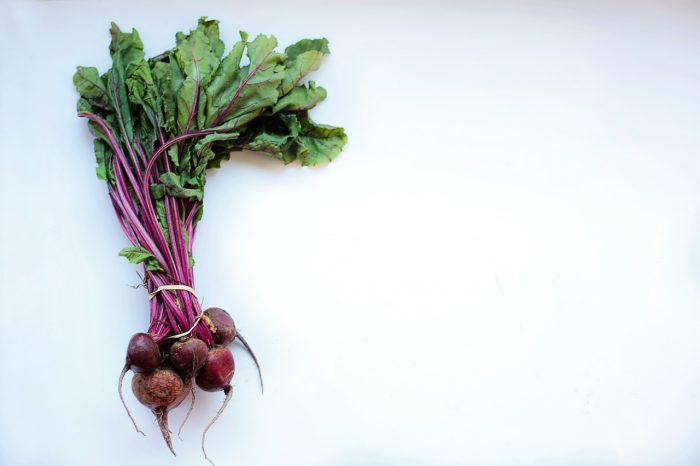Living Lightly: Using food more efficiently
A Column Promoting a More Earth-Friendly Lifestyle
By John L. Turner

The collective impacts to the environment to grow the food that sustains us is astronomical. Using more of the food you purchase is a worthwhile way to reduce your impact on the planet.
A recent article in Living Well (a Newsday supplement) points out that when it comes to produce it’s not just the typical vegetable target that you bought that’s edible, but often the entire plant. And the bonus is no food waste and your dollar is stretched a tiny bit further.
For example, you can eat all of a beet plant, not just the delicious roots. The stems and leaves are delicious when sautéed and the same whole plant approach can be taken with carrots and leeks. If you like collard greens or kale don’t throw away the “ribs” but sauté or roast them.
Another delicious use of the whole plant involves broccoli and cauliflower. The ribs and stems of both can be spiralized or disked and cooked. They taste as good as the heads themselves. No need to have any of these plant parts in your compost bin or worse yet in the garbage!
A resident of Setauket, author John L. Turner is conservation chair of the Four Harbors Audubon Society, author of “Exploring the Other Island: A Seasonal Nature Guide to Long Island” and president of Alula Birding & Natural History Tours.







